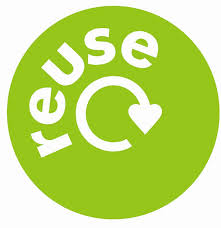
I’ve written multiple posts on when and why you should reuse software components. Today I want to look at the specific use case of reusable Stateflow Atomic States.

The most common example of reusable states I have worked with involves fault detection and management. In this simple example we start off with “NineOclock” and “all = well.” Based on an input “errorCon” we can move to “all = soSo” and finally, if we don’t recover, “all = endsWell.” In this example the transition conditions are inputs to the system (e.g., we are calculating the value of “errorCon” and “recCon” outside of the system. This works for simple examples, but what if the condition logic is more complex? What should we do then?


The answer is the use of parameterized function calls. In this example the function “errorCheck” takes 3 arguments, inst, arg1, and arg2. The argument “inst” controls which branch of the switch/case function is used to calculate the transition logic. (Note: you do not need to use all of the input arguments for any given case, however they all must be passed in).
Reuse is still reuse…
Reuse with Stateflow charts has the same limitation of any other reusable function; e.g., the data types for the inputs / parameters need to be consistent across each instance of the chart. Additionally if you want to use the function based method for transition, the MATLAB functions need to be set as globally visible.


Finally, while global data can be used between instances of the chart, since it can be written to in multiple locations, care should be taken that the information is not overwritten. The most common solution to this issue is to use “bitand” functions to turn on or off bits.

